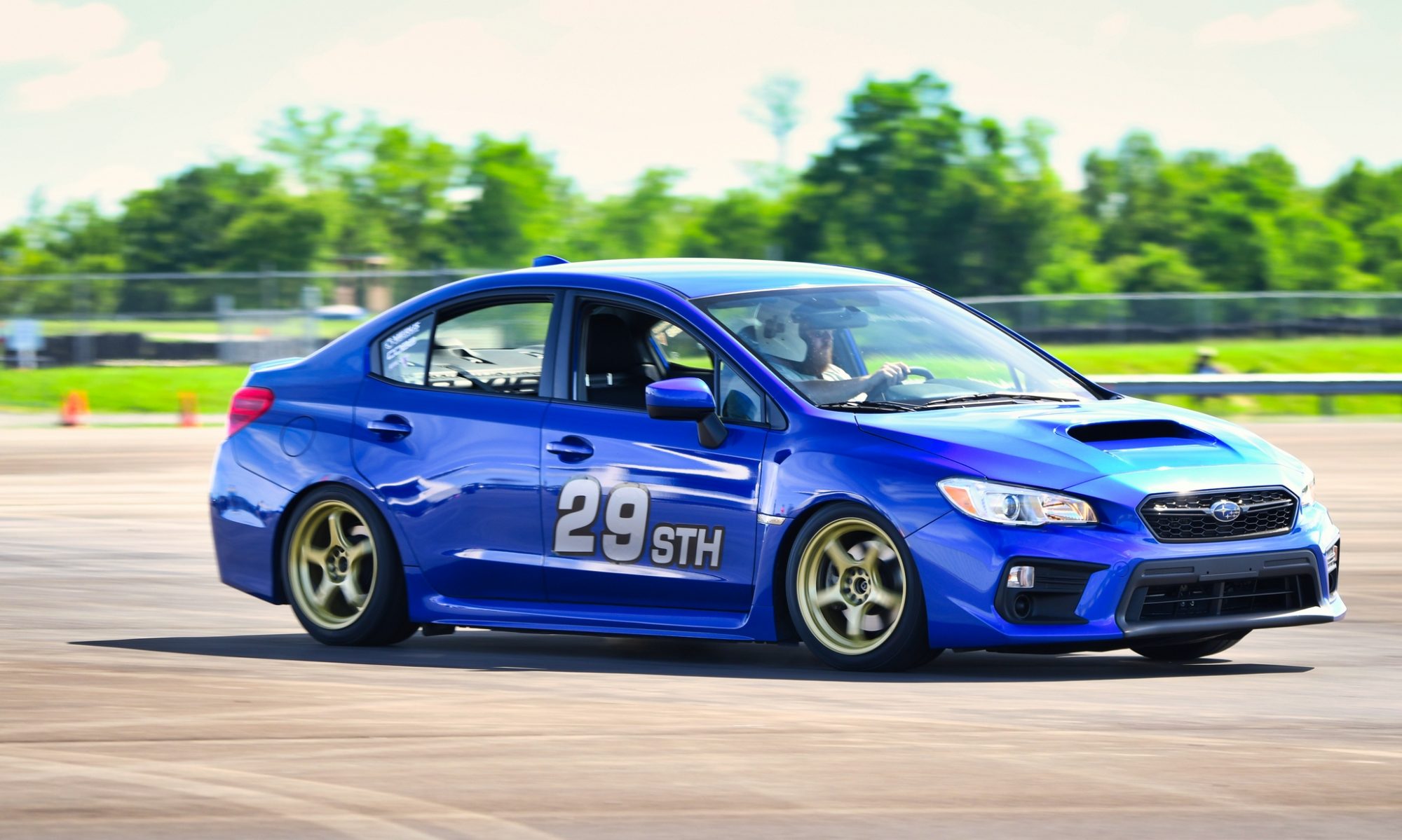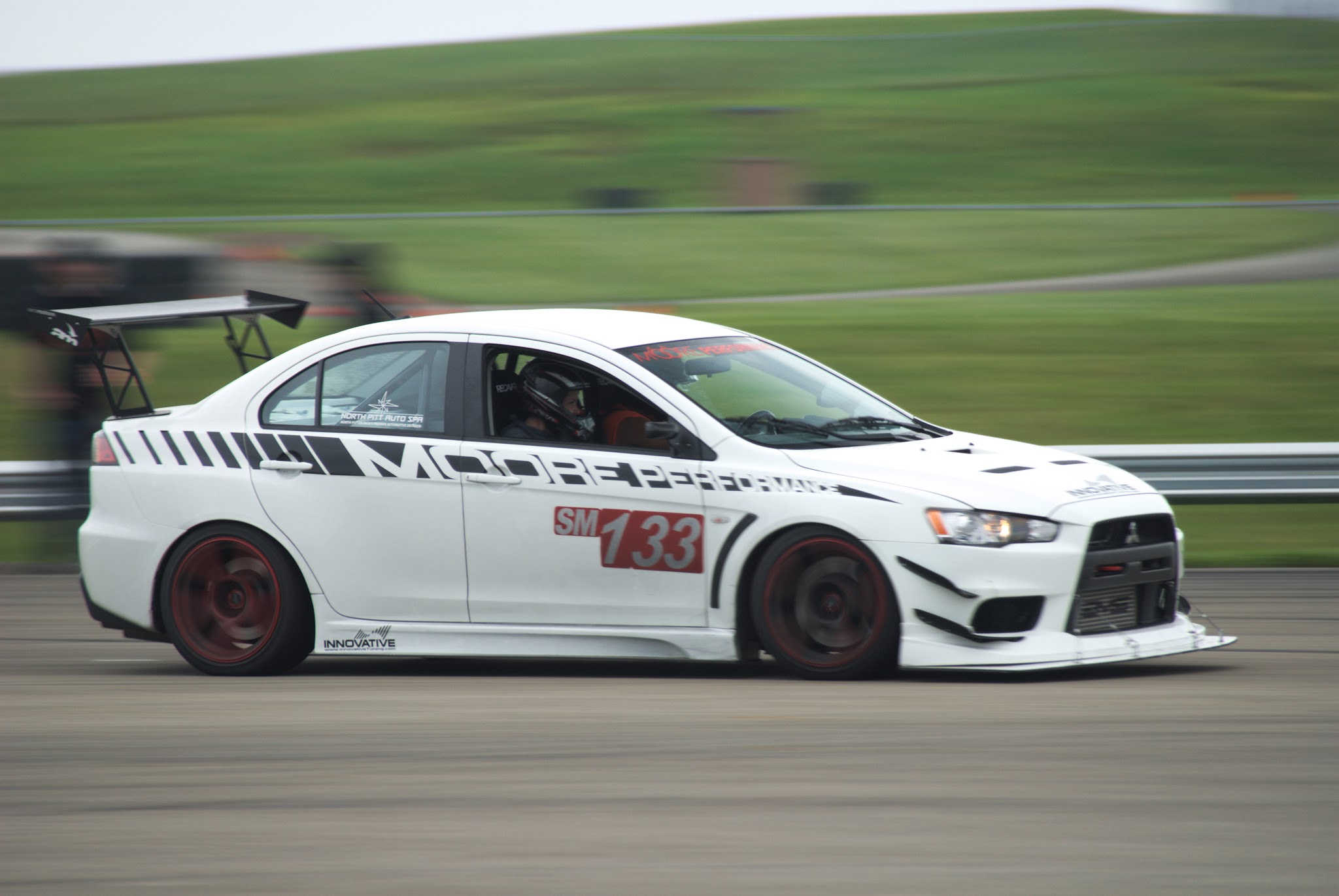The Steel Cities Solo Board decided at our meeting in February to adopt a new class for 2017 called Street Tuner Challenge (STC). The purpose of STC is to create a fun, run what you brung, competitive atmosphere like Classic American Muscle (CAM) has but for drivers of non-USDM vehicles. With this change, we will finally get rid of our Street Tire Index class which will also help modified drivers on street tires in our Novice class. We’ve decided to start with a pretty tough index for 2017 of .845 until we can gauge the general popularity/competitiveness of the class. Below you will find a modified version of the CAM ruleset for STC.
Street Tuner Challenge(STC)
General Allowances
• Vehicle must be an automobile or “pick-up” truck
• Vehicle must be licensed and insured and considered fully “street legal”
(lights, wipers, etc.).
• Windshield and side glass must be present. Lexan® or equivalent may be
used.
• Vehicle must pass the mandatory safety inspection (tech) of Section 3, Vehicles,
and must be in compliance with the Sound Measurement Procedures,
Appendix I, of the 2017 SCCA® National Solo® Rules.
• Body panels may be modified or replaced in the original standard locations.
Frame may be modified. Vehicle perimeter and wheelbase must be
full-scale to original model. Incidental wheelbase changes resulting from
the allowed replacement of suspension components or modification of suspension
design are allowed. This is not an allowance to shorten or lengthen
the chassis/body (e.g., change the scale from the original).
• Interior and exterior must have a “finished” look.
• Rear seating may be removed or modified. If removed, seat bottom area
must be finished (e.g., carpeted, metal). The front seat(s) must not cross
the vehicle longitudinal centerline and not intrude into the OE rear seat
cushion area.
• Upholstered interior panels (door panels, kick panels, etc.) may be replaced
with another upholstered or finished panel. Non-upholstered interior
panels may be replaced with a panel of any material. Alternate panels
must cover any opening(s) the OE panel(s) concealed.
• The dashboard may be modifed, but must be finished and cover the original
area.
• Headliner may be replaced or removed.
• Exposed metal interior surfaces must be covered, painted, and/or coated.
(No “race car” interiors allowed, please.)
• Fuel tank/cell may be modified or replaced and must be separated from
the driver/passengers as originally manufactured or by a metal panel/bulkhead if the OE structure is modified. Fuel must not vent into the driver/passenger
compartment directly or indirectly.
• Front splitter, air dam, and/or spoiler may be added below the bumper,
but must not extend past the perimeter of the original body excluding
non-integral bumpers.
• Rear spoiler/wing may be added, but may extend no more than 8” from the original
body nor past the perimeter of the body.
• Body electrical system components and wiring are unrestricted.
Wheel and Tire Allowances
• Any wheels are allowed. Non-metallic wheels must be certified/approved
from an appropriate, recognized standards organization (e.g., FIA, SFI,
SAE, TUV, etc.).
• DOT tires with a UTQG Treadwear Grade of 200 or higher are permitted.
Excluded: Kumho Ecsta V720 ACR; Michelin Pilot Sport Cup 2 and Pilot
Sport Cup 2 ZP.
Brake, Suspension, and Steering System Allowances
• Components, lines, hoses, and method of attachment are unrestricted.
Engine and Drive Train Allowances
• Components (internal and external) are unrestricted.

